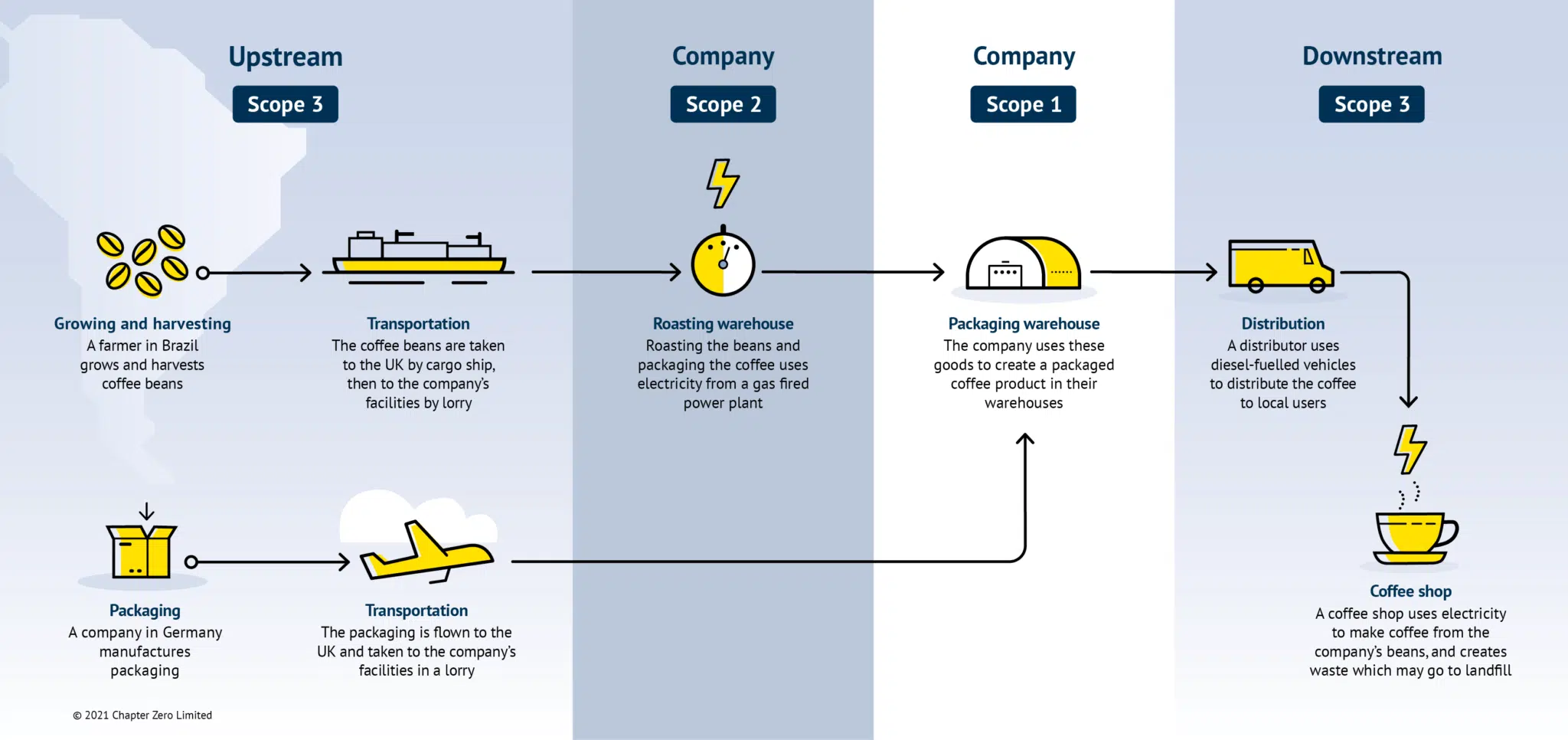
The role of the board, energy transition and the harder-to-abate sectors
This conversation explores the role of non-executive directors in driving the low carbon transition and covers practical, immediate steps that companies can take. It draws on Lord Adair’s expertise in the energy sector and includes suggestions for speeding up progress, including in sectors where emissions are high and reducing them is particularly hard.

Lord Adair Turner
Chair, Energy Transitions Commission
Emily Farnworth
Co-Director of the Centre for Climate Change Engagement at the University of Cambridge
Laurel Powers-Freeling
Board of Uber UK and Chapter ZeroIn May the International Energy Agency (IEA) released its Net Zero by 2050 roadmap, outlining what needs to happen from now to 2050 if we’re to stand a chance of limiting global warming to 1.5ºC. It’s a “huge step forward by the IEA,” said Lord Adair Turner, from the Institute of New Economic Thinking, “but it doesn’t go quite as far as the Energy Transitions Commission on electrification.”
Talking in conversation with Emily Farnworth, Co-Director of the Centre for Climate Engagement at the University of Cambridge, Lord Adair explained that electrification is going to be of paramount importance in the transition to a carbon neutral future. Electrifying as much of the economy as possible and making all of that electricity carbon neutral is “at the absolute core of the transition to a zero carbon economy.”
The key to an energy transition is going to be industry cooperation; every part is critical to the 2050 goal – including those harder-to-abate sectors for whom cutting carbon seems both costly and time intensive. So, when it comes to reducing carbon consumption in their businesses, where should boards begin? And what role should seemingly carbon-neutral sectors such as finance play in the transition towards net zero?
Priorities for an energy transition
Lord Adair began by setting out what our total energy consumption could eventually look like:
- Electricity – 70%. While core to the energy transition, it may not help deal with those hard-to-abate sectors like cement production and long-distance aviation.
- Hydrogen – 10%. This can be helpful when decarbonising harder-to-abate industries, and can be made from electrolysis and green electricity.
- Bioenergy and fossil fuels – 20%. “Truly sustainable” biofuels and vastly reduced fossil fuels with carbon capture and storage make up the final part of the puzzle.
With that in mind, how can boards ensure that best environmental practice is happening across their businesses? Here are Lord Adair’s four suggestions for speeding up progress – however carbon intensive your industry:
Find out your scope 1, 2 and 3 emissions
“The crucial first thing is to make sure that your board understands the emissions that its company is directly or indirectly responsible for,” Lord Adair stressed. Emissions and challenges change from company to company; a law firm’s emissions may come from fossil fuel heated offices and aviation, for example, while a gin maker may have to look at how consumers use and recycle its packaging. When your company understands these emissions, you can then demand that your suppliers, or help your consumers to, reduce their emissions as part of your reduction strategy.

Scopes explained
For more information on Scope 3 emissions, click here to read our guide
Scope emissions explainedHave a reduction strategy
If your office is heated with fossil fuels and your employees spend a lot of time flying between client meetings, you need to have a plan for this. For example, heating your office with a heat pump and encouraging more Zoom-based activity or longer and less frequent business trips. If you manage a supply chain, work out whether your suppliers could easily and cheaply decarbonise and, if possible, make that a condition of business.
“If you’re the director of a cement company, however, the big emissions that are being produced are happening in the cement mills that you run,” Lord Adair pointed out. “You’ve got to find out what technologies can take you from now to being carbon neutral by 2050.”
Work out the cost difference
Harder-to-abate sectors such as the automotive and steel industries often claim price as the problem when it comes to decarbonising. However, “as long as you have a carbon price that applies across the board, green steel – even if it’s more expensive to produce – will have the same price as dirty old-fashioned steel,” Lord Adair explained. The automotive company looking to buy steel for its cars may have an incentive to go green purely to be ahead of the curve. The fact is, “green steel makes a trivial difference to the end product price. If the steel going into a car is 25% more expensive because it’s greener, it may only add 1% to the final car cost.”
However, greener isn’t always cheaper. Property developers may demand green cement, which can add 2-3% to the cost of the building. Further down the supply chain, cement producers have to be paid for that greener product. It’s all about helping every part of the chain to come clean.
Take the first steps
To end on a practical note, there are three simple and effective things that companies can commit to immediately:
- Commit to a no coal future. By 2030, coal will be a thing of the past in Europe and the US (given Biden’s plans), but many coal plants are still being built in other areas. Financial services companies have the power to refuse to finance the building of another coal fired power station ever again.
- Accelerate the electrification of transport fleets. Any board which buys vans, trucks or cars should commit to electrifying or using hydrogen-powered vehicles as soon as possible. The sooner you do that, the faster you pull forward the new flow, and that brings forward the date by which the entire stock is zero carbon.
- Get rid of methane leaks and emissions. If you’re on the board of an oil and gas company, you’ll know that methane can have a hugely detrimental impact. We need strong commitments from every company that runs the risk of methane emissions to plug the leaks.
For more insights watch the event recording below. The event was introduced by Laurel Powers-Freeling.



